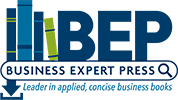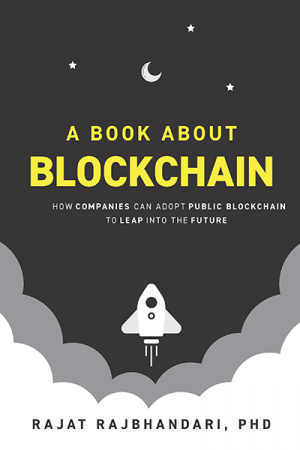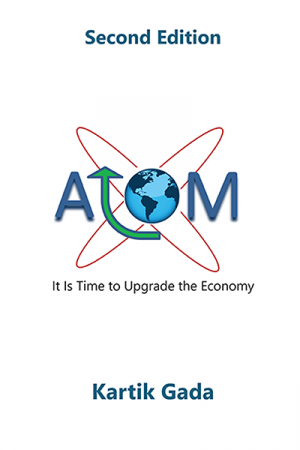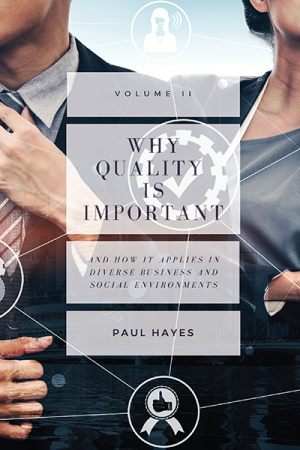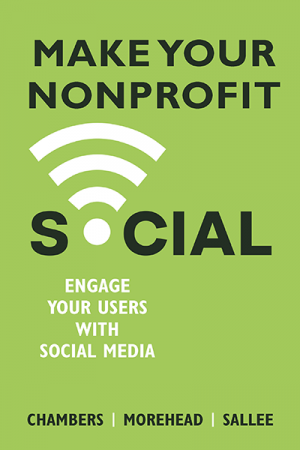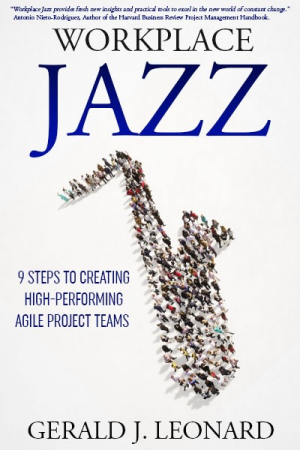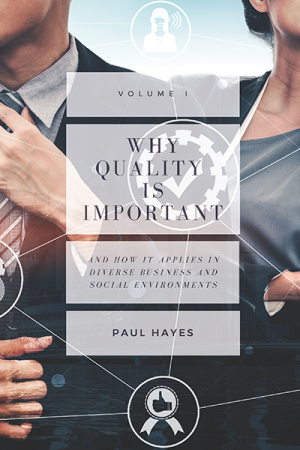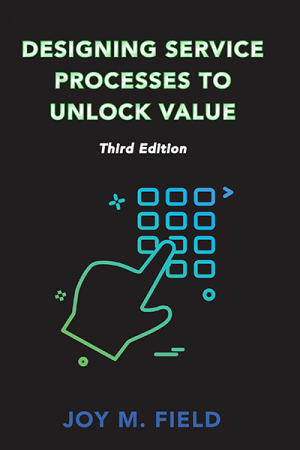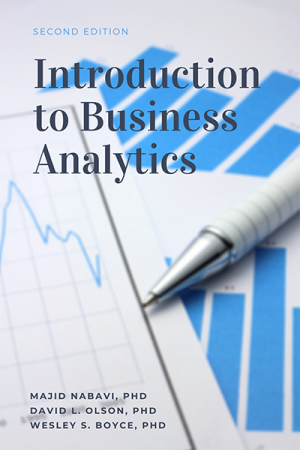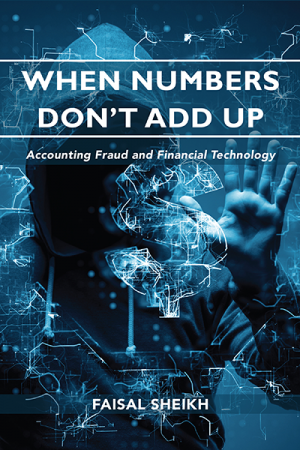A Book About Blockchain: How Companies Can Adopt Public Blockchain to Leap into the Future
$34.99“I am impressed by the deep conceptual understanding that Rajat has. In this book, he conveys to the reader a practical, down-to-earth version of blockchain with all its elements. As a business leader, and someone who pushed the envelope in applying technology to the resources industry, I view this book as perhaps the simplest end-to-end explanation of blockchain. It is a must read for any leader/startup entrepreneur or consultant.” —Ricardo Escobar (Former CIO BHP Billiton)
“It is quite simply the best book about blockchain for corporate executives. It will prove invaluable to early adopting project managers, strategists, and IT professionals as corporations experiment with blockchain and digital currencies. It perfectly nails the sweet spot between breathless hype over the technology’s enormous potential and a too deep technical dive.” —Chris Ballinger (CEO and Founder of MOBI), Former Chief Financial Officer of Toyota Research Institute
Executives, consultants, and strategists are wondering how to participate in the blockchain economy. They are wondering whether new business models that will emerge because of this novel technology will disrupt theirs or whether they will ignore their businesses and create completely different models. In this book I answer all those questions. By the time you finish, you will understand what blockchain economy is, how to participate in it, and avoid being disrupted or, even worse, ignored. Drawing from my own experiences as research scientist and entrepreneur, the book describes methods to transform existing business by using digitized trust that is industrialized at scale.
